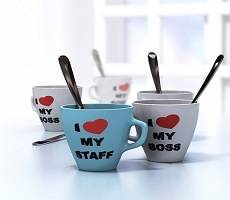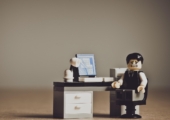January 27, 2016
Gap in the provision of wellbeing initiatives undermines UK workplaces 0
 Although there is much consensus among employers of the importance of actively supporting health and wellbeing in the workplace, there remains an ‘implementation gap’ that is threatening individuals’ health and long-term business sustainability. This is according to a new report from the CIPD, ‘Growing the health and well-being agenda: From first steps to full potential’, which found that fewer than one in ten (8 percent) of UK organisations currently have a standalone wellbeing strategy that supports the wider organisational strategy; that the majority of employers are more reactive than proactive in their approach to wellbeing (61 percent) and nearly two-fifths of employees [38 percent] are under excessive pressure at work at least once a week. With the average cost of absence now standing at £554 per employee per year – the CIPD is recommending employers take a more proactive approach to implementing a wellbeing programme.
Although there is much consensus among employers of the importance of actively supporting health and wellbeing in the workplace, there remains an ‘implementation gap’ that is threatening individuals’ health and long-term business sustainability. This is according to a new report from the CIPD, ‘Growing the health and well-being agenda: From first steps to full potential’, which found that fewer than one in ten (8 percent) of UK organisations currently have a standalone wellbeing strategy that supports the wider organisational strategy; that the majority of employers are more reactive than proactive in their approach to wellbeing (61 percent) and nearly two-fifths of employees [38 percent] are under excessive pressure at work at least once a week. With the average cost of absence now standing at £554 per employee per year – the CIPD is recommending employers take a more proactive approach to implementing a wellbeing programme.


































December 21, 2015
From workplace wellness programmes to a positive workplace culture 0
by Mark Eltringham • Comment, Wellbeing, Workplace, Workplace design
(more…)